
It’s a new year, and a resolution found on many lists is learning to be more mindful about healthy food choices. You might have set some of these goals yourself. Gaining, losing, or maintaining your current weight. More fruits and veggies. Better proteins. Less sugar. Fewer carbs. You want to make this new year your healthiest year yet.
And while you’re making your new and improved shopping list, don’t forget your oral health! Because while brushing and flossing are extremely important, your diet can also have very real benefits for your teeth and gums.
Stronger Teeth and Jaws
We often talk about teeth and bones together, and that’s natural. Calcium and phosphorus, as well as other minerals, make them the strongest parts of our bodies. When teeth lose mineral strength, they are more vulnerable to cavities, and bone loss in the jaw can cause loose or even lost teeth.
Making sure you get the recommended daily amount of the minerals and vitamins you need will help sustain and repair both teeth and bones. A diet rich in calcium, phosphorus, and vitamin D helps build strong bones and promotes bone density. While your teeth can’t create new enamel, minerals that are eroded by acids from plaque and acidic foods can be restored, or remineralized, with the calcium and phosphates in saliva.
Strong teeth and bones need calcium. More than 99% of the calcium in our bodies is located in our teeth and bones. How to make sure we get enough?
Dairy products are the traditional answer. Several servings of milk, cheese, or yogurt each day supply most of our needs. If you can’t eat dairy, though, calcium is also found in other foods, such as salmon, sardines, many dark leafy vegetables, and fortified juices, tofu, and cereals.
Calcium gets most of the attention when it comes to creating strong teeth and bones, but it’s not a solo act. We need phosphorus to make full use of the calcium in our diets.
Proteins like meat, fish, and poultry are good sources of phosphorus, as are beans, nuts, whole grains and dairy.
Vitamin D is a diet essential because it enables us to absorb the calcium and phosphorus that keep teeth and bones strong.
Most dairy and many other foods are fortified with vitamin D, such as cow’s milk, soymilk, orange juice, and cereals. Egg yolks and fatty fish, such as salmon, tuna, and herring, are also a rich natural source of the vitamin.
Healthy Gums
Gum disease is more than just a nuisance. Left untreated, gingivitis (early gum disease) can become periodontitis (serious gum disease). Periodontitis can cause infection, loose teeth, and tooth and bone loss.
Brushing and flossing promote gum health and help prevent gum disease, but your diet plays an important role, too.
Vitamin A is essential for the health and healing of mucous membranes, including gum tissue and the soft membranes in the mouth.
You can get this vitamin directly from animal products such as dairy foods and meats, or it can be formed in the body from beta-carotenes. Think orange when you hit the produce aisle, because foods such as carrots, peppers, pumpkin, squash, and sweet potatoes are a rich source of beta-carotenes.
Vitamin C is one of the so-called “essential nutrients.” These are the nutrients that are necessary for our bodies to function properly, and which can only be supplied in our diets. Vitamin C is vital for healthy gums and soft tissue—in fact, one sign that your diet is deficient in vitamin C is inflamed and bleeding gums.
Citrus fruits, those oranges, lemons, limes, grapefruit, and all their cousins, are a wonderful source of vitamin C, but you have many other flavorful options. Fruits such as kiwis, mangos, papayas, and strawberries are rich in vitamin C. Step over to the vegetable aisle to load up on red peppers, kale, cauliflower, Brussels sprouts, and broccoli—all of which contain more vitamin C per serving than a medium orange!
Fewer Cavities
Plaque thrives on a diet of sugar. Oral bacteria in plaque use the sugars in our food to produce acids. These acids erode enamel and eventually lead to cavities. Limiting your sugar consumption and choosing complex carbohydrates over simple carbs are two ways to reduce your risk of cavities.
The usual suspects—candies, desserts, pastries, sodas—are sugar-filled items you’re familiar with. What might surprise you is the amount of sugar in sports drinks, fruit juices, flavored yogurts, breakfast cereals, and other standard grocery purchases. Checking labels for sugar content is a great way to cut down on unexpected sweeteners.
The refined starches in white bread, white rice, potato chips, and other simpler carbohydrates quickly break down into sugars. This is the kind of nutrition only plaque appreciates.
Instead, fill your cart with complex carbohydrates, which contain important vitamins, minerals, and fiber. Found in foods like whole-grain breads and cereals, legumes, and many vegetables, complex carbs break down slowly for longer-lasting energy.
Of course, these suggestions don’t cover everything on your healthy dental shopping list. We could add magnesium for bone density, vitamin B to prevent oral irritation and inflammation, vitamin K for bone strength, and more. To find out the best options for your healthiest smile, talk to Dr. Gregory Geldart and Dr. Martha Sharp or a member of our Purcellville, VA team about ideas for improving your daily diet.
Because besides leading to stronger teeth, healthier gums, and fewer cavities, a careful and conscious approach to your food choices has another wonderful benefit—a healthy dental diet is healthy for the rest of your body as well. Just something to be mindful of as we greet the new year!
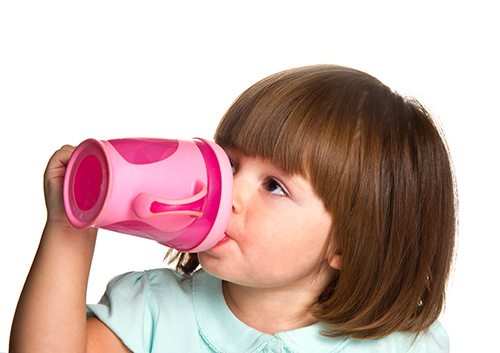

















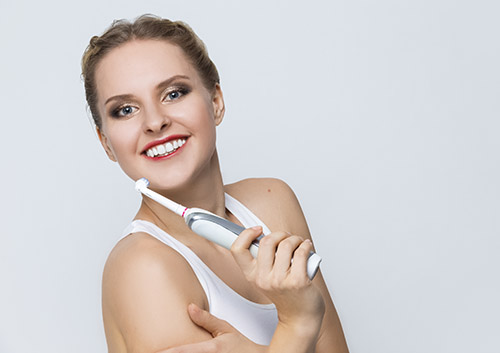









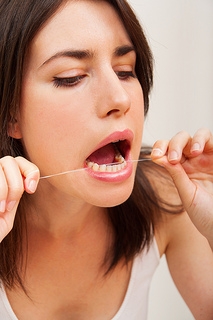


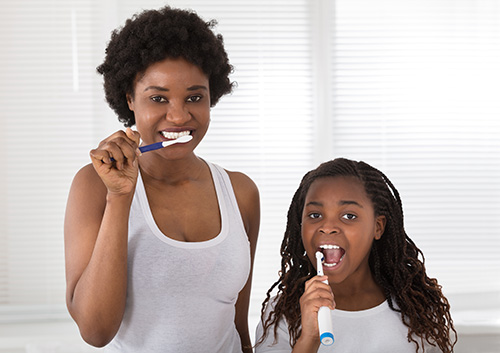











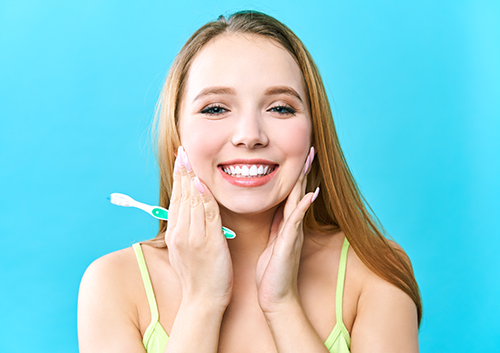

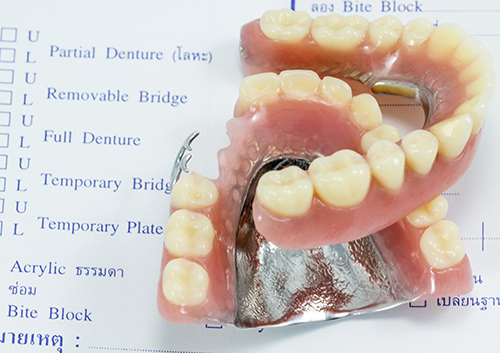

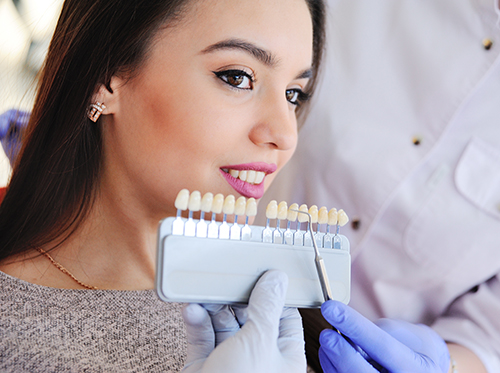


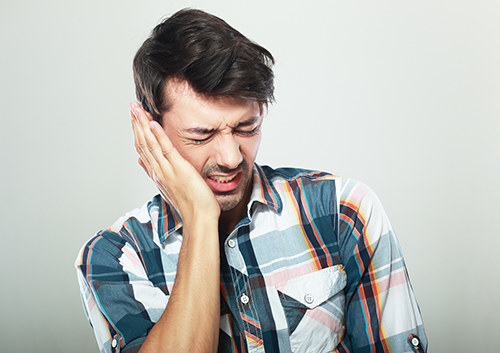

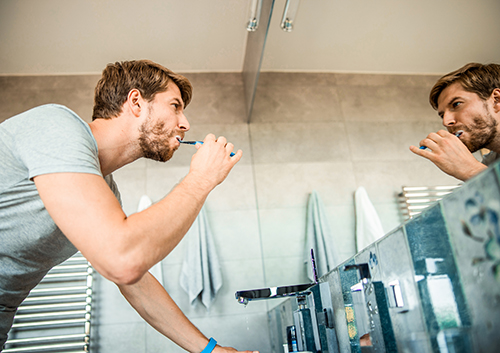
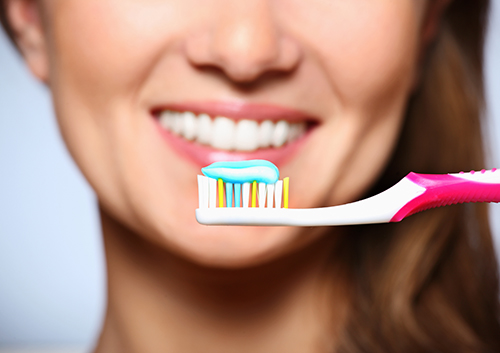


















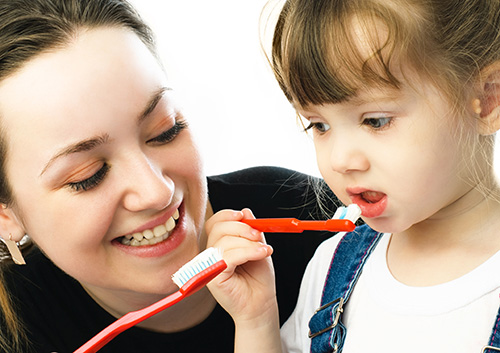
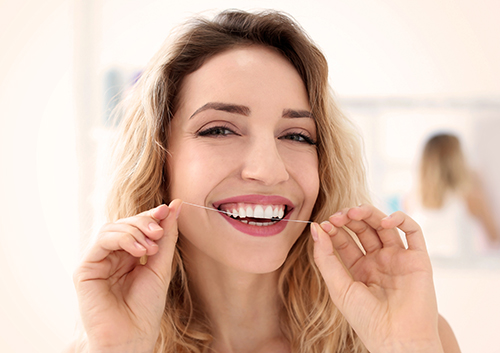












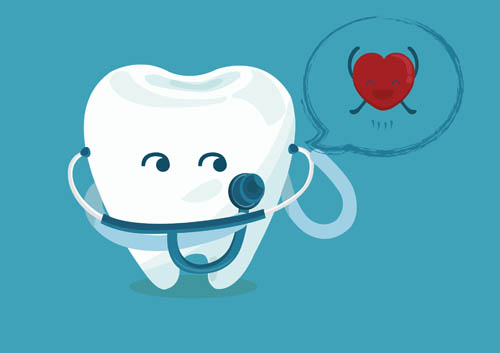

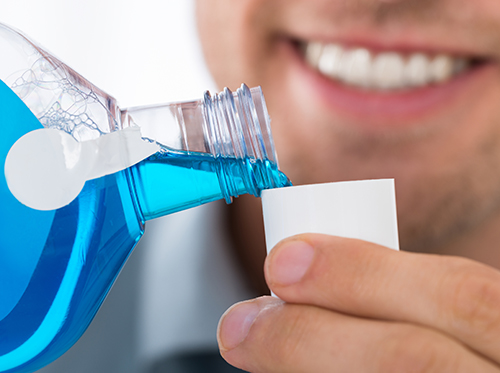


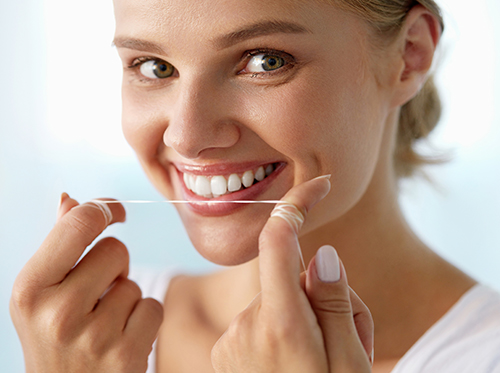
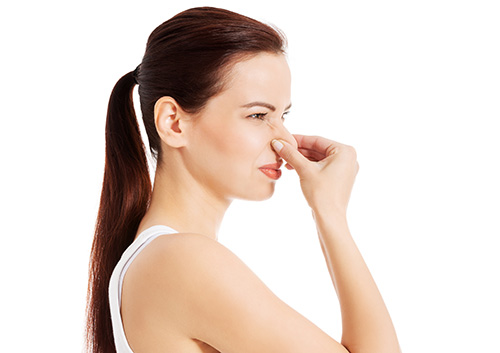





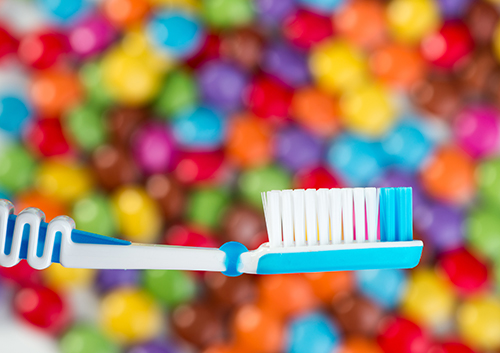
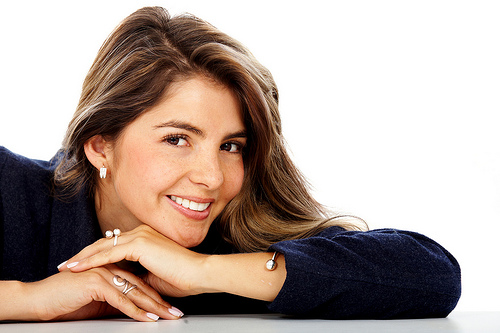



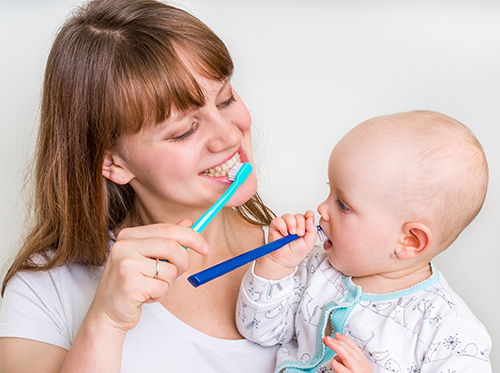














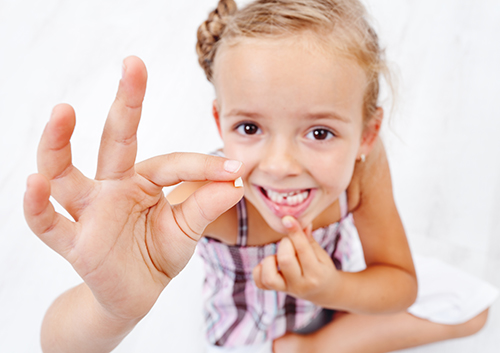

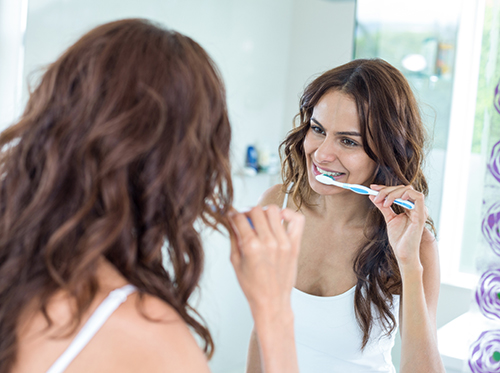





































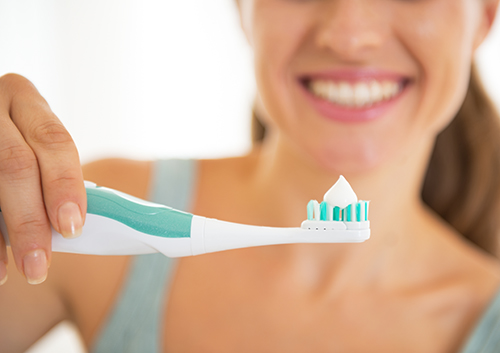





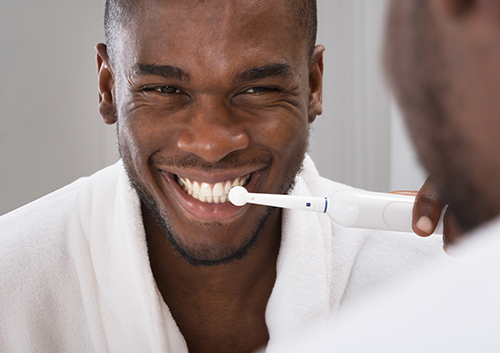


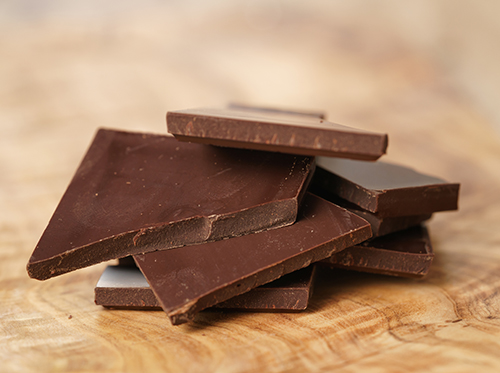
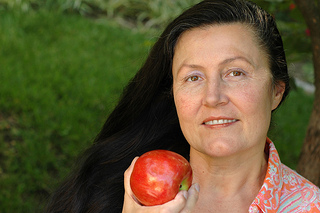





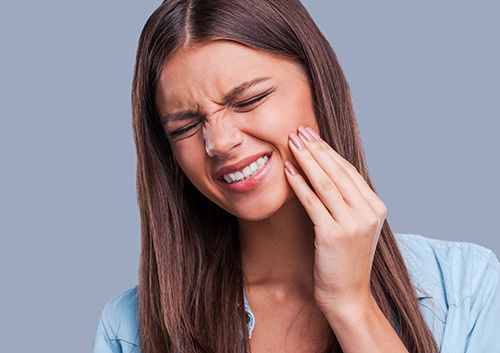




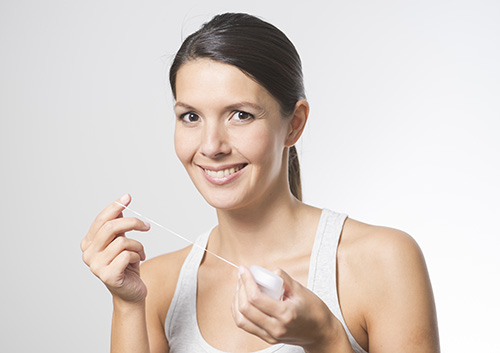








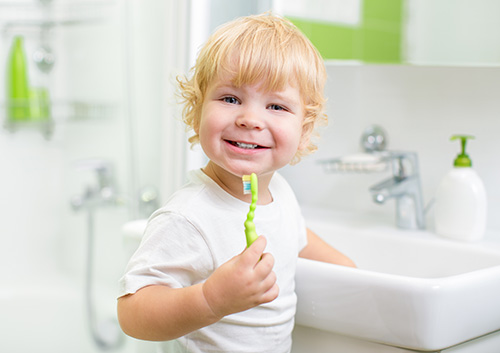







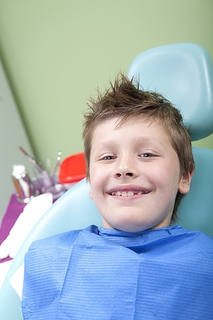
































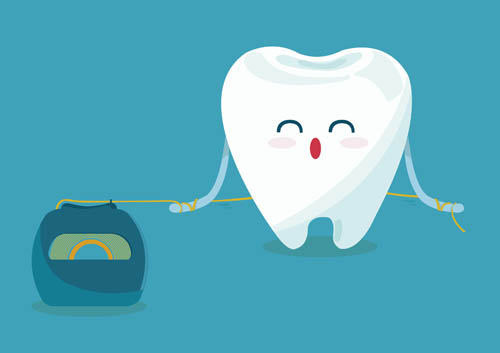







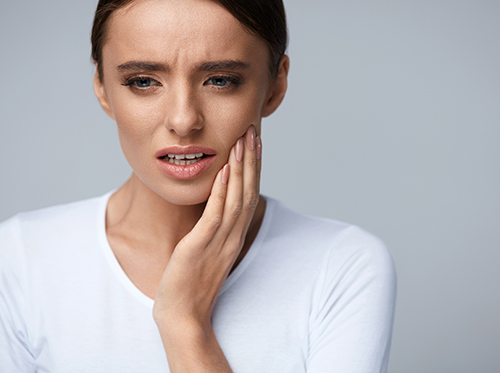


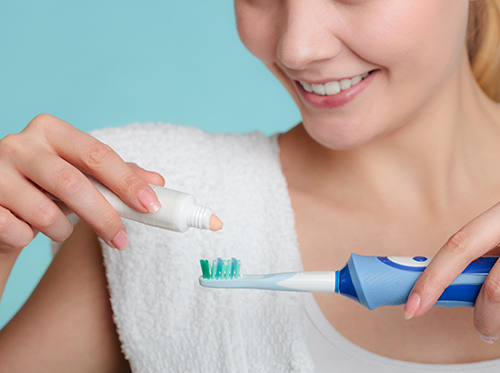












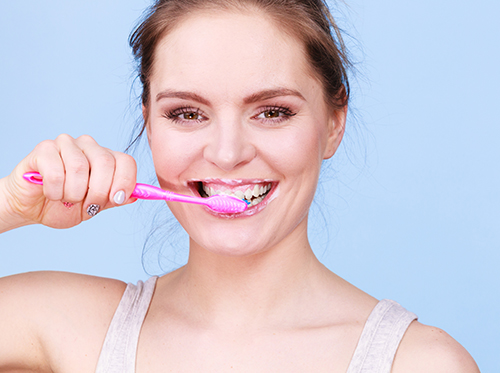



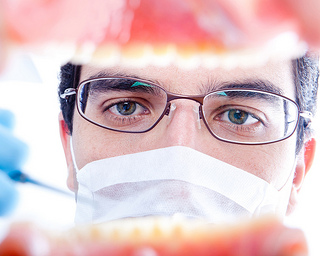



















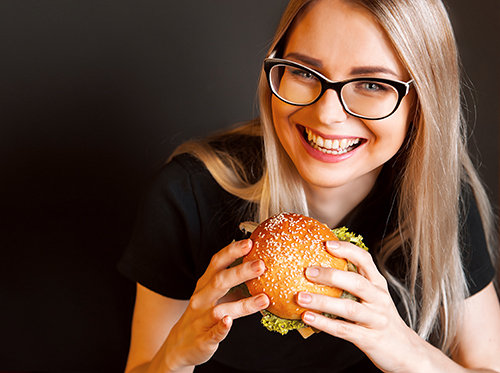


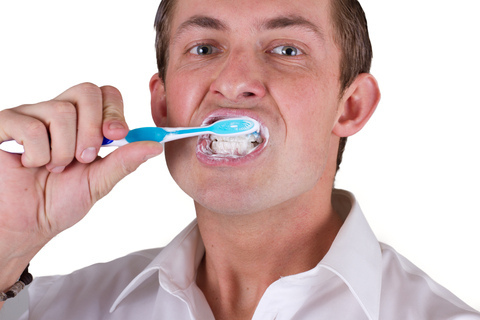




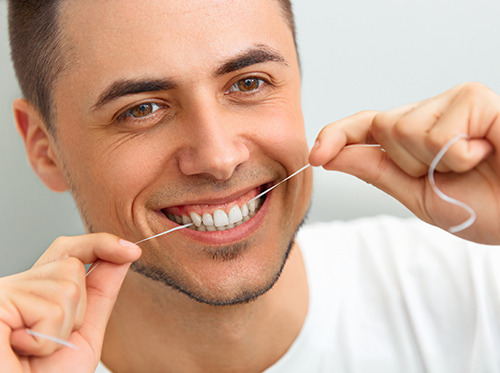


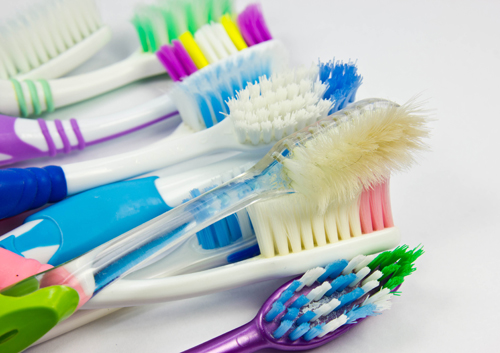
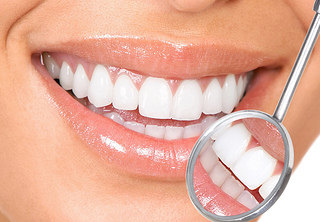
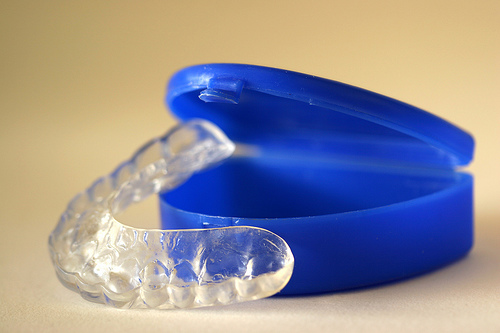







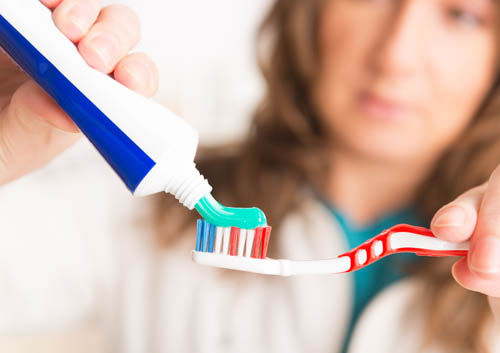




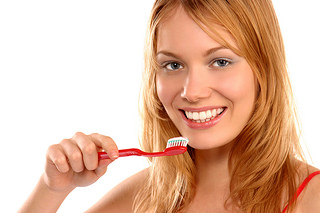




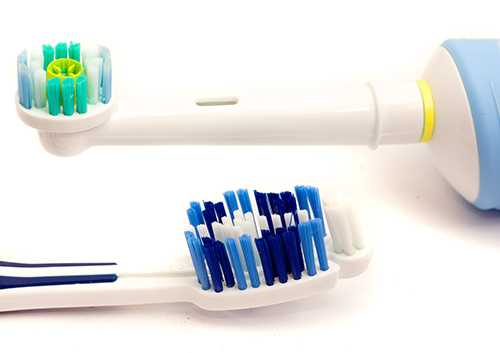

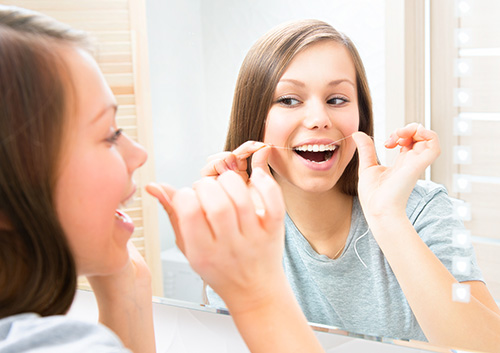





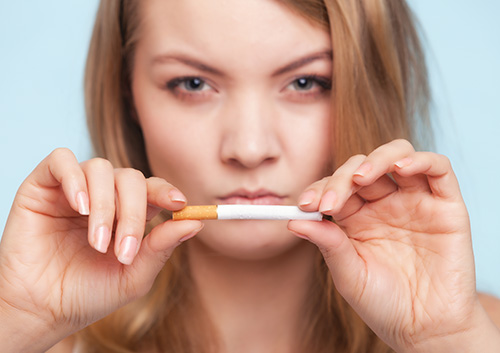














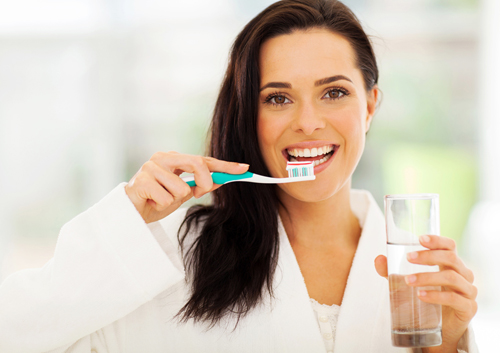







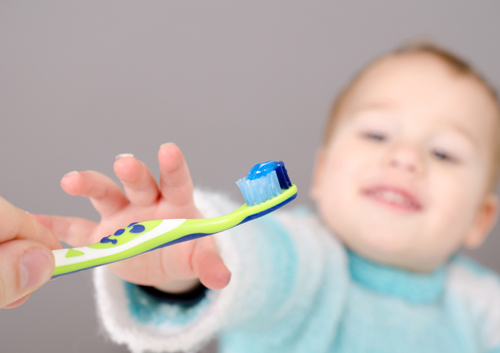
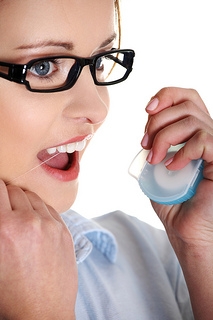

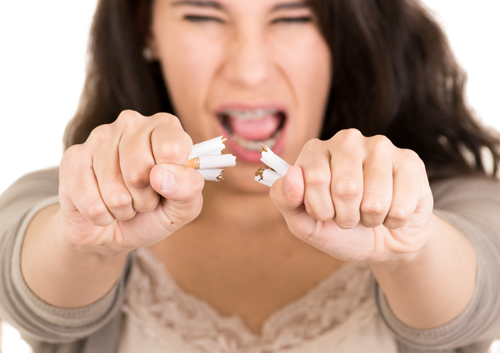

















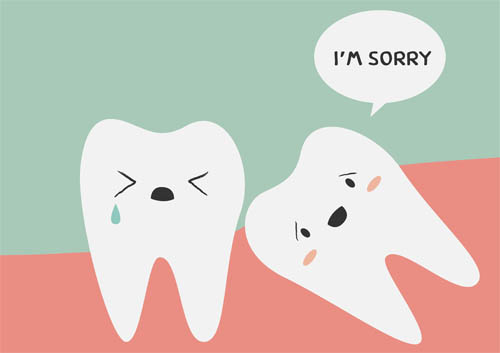



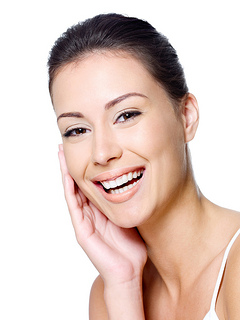
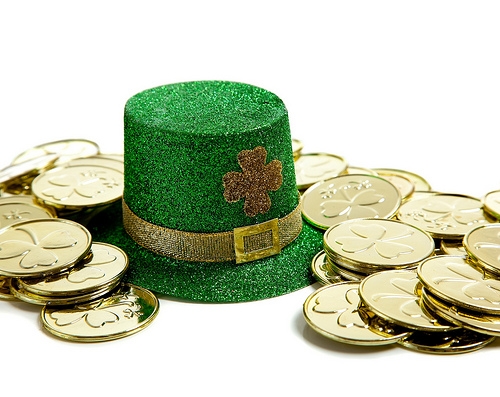

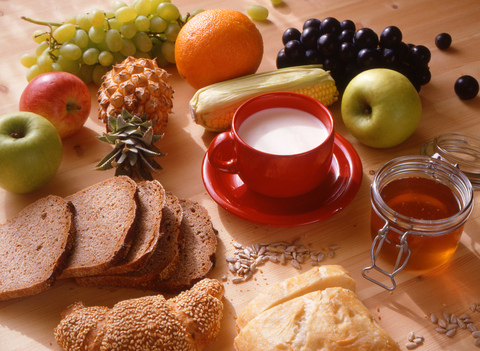







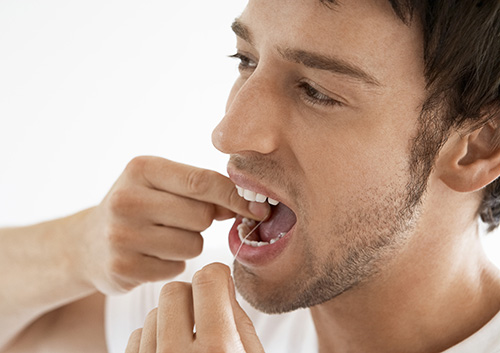








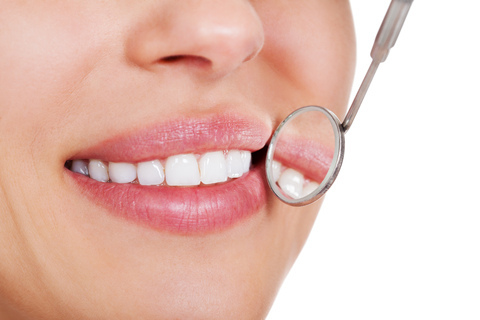

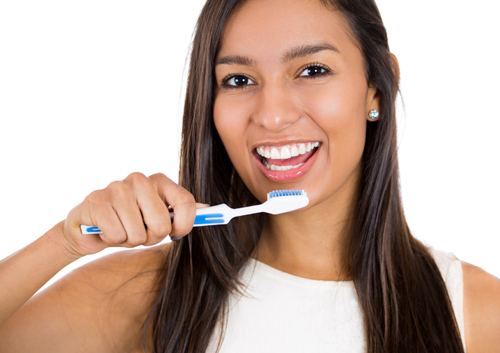


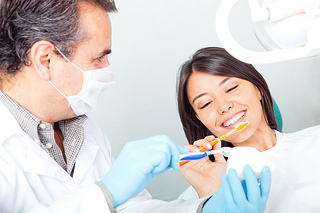




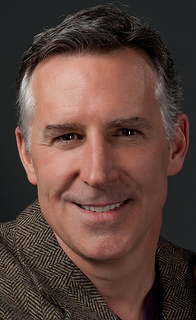



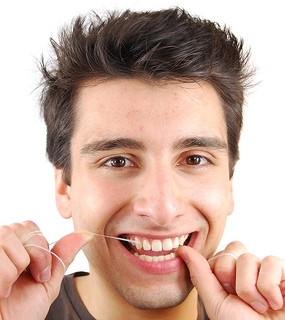
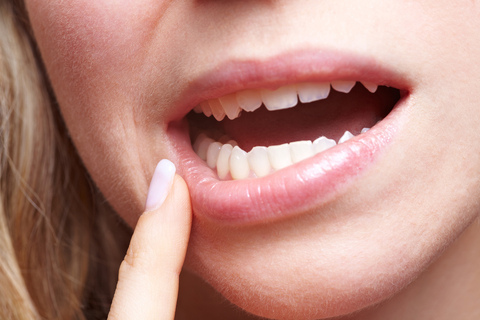



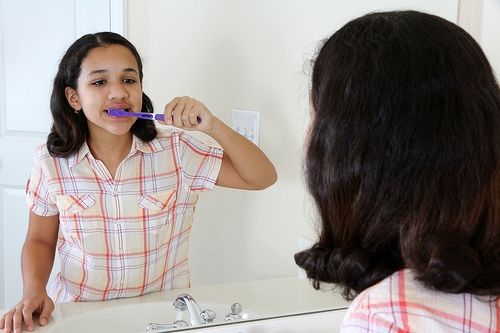
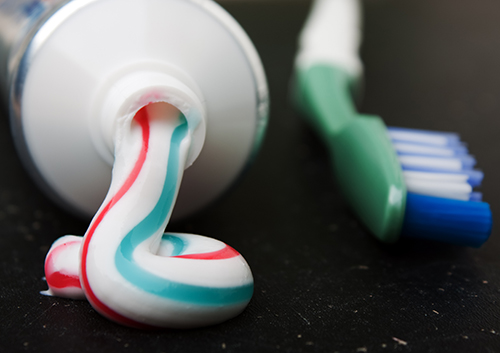























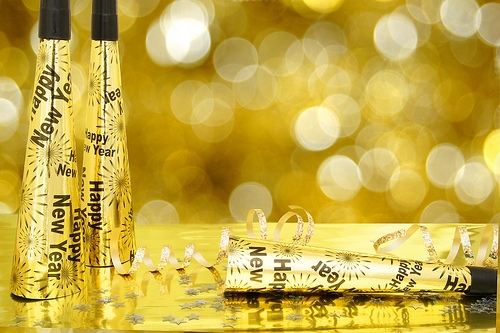

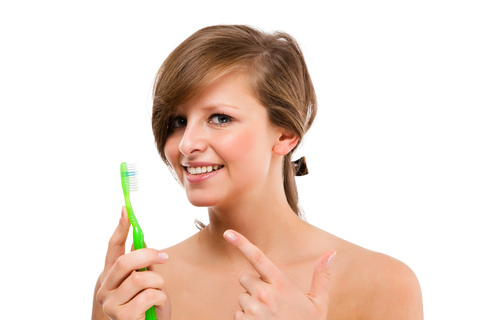
















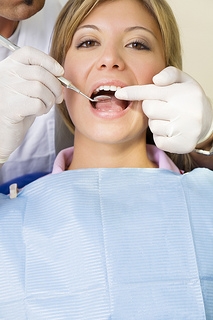








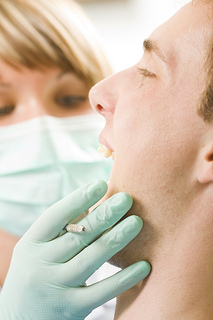











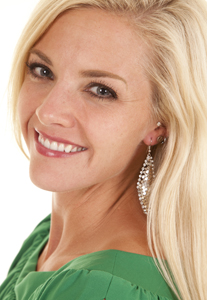





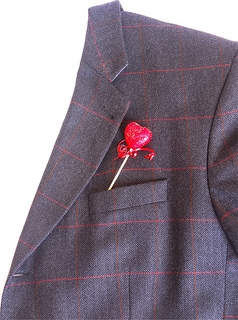
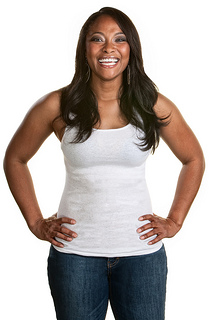








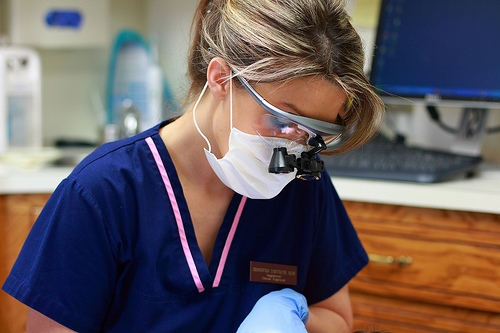



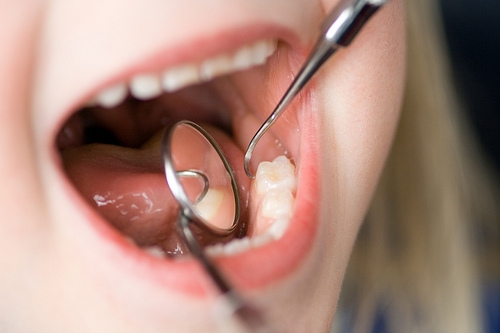



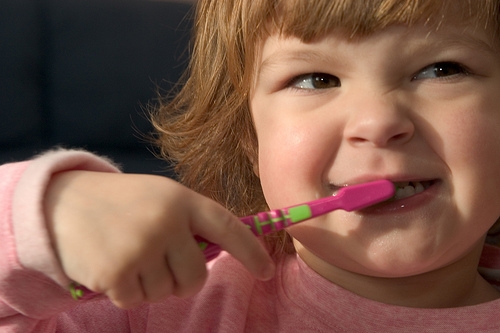








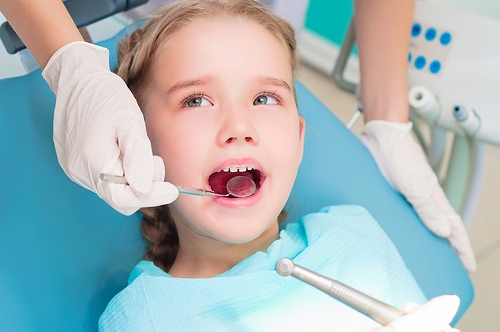














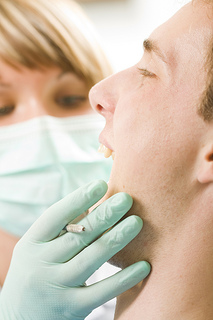
 What is Oral Cancer?
What is Oral Cancer?
 Wondering what patients are saying about their experience at Loudoun Valley Dental? Check out this latest review:
Wondering what patients are saying about their experience at Loudoun Valley Dental? Check out this latest review:







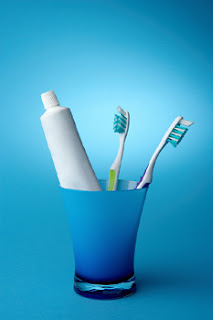









 Perhaps you don't even know you grind your teeth. Maybe a spouse or loved one woke you up in the middle of the night and made you aware of what was happening.
Perhaps you don't even know you grind your teeth. Maybe a spouse or loved one woke you up in the middle of the night and made you aware of what was happening. Snoring may not be something you take seriously. You might even laugh or joke about it. But the fact is, anytime you or your partner snore to the point of waking, it could be a sign of serious health problems.
Snoring may not be something you take seriously. You might even laugh or joke about it. But the fact is, anytime you or your partner snore to the point of waking, it could be a sign of serious health problems. If you suffer from dental anxiety, a visit to our office might seem like a daunting prospect. Perhaps you had a bad experience in the past, but whatever the reason, please know that at our office, there is nothing to be afraid of. We understand you may be anxious about receiving dental treatments, and we’re here to help you have a comfortable, pain-free experience that will put your fears to rest.
If you suffer from dental anxiety, a visit to our office might seem like a daunting prospect. Perhaps you had a bad experience in the past, but whatever the reason, please know that at our office, there is nothing to be afraid of. We understand you may be anxious about receiving dental treatments, and we’re here to help you have a comfortable, pain-free experience that will put your fears to rest. Many people who are careful about brushing and flossing their teeth wonder how they still end up with cavities or tooth decay. Several factors affect wear and tear on tooth enamel. Diet is a major factor, with certain foods increasing the likelihood that your enamel will become discolored or decayed. Pay close attention to the foods you eat to keep your pearly whites looking healthy and clean.
Many people who are careful about brushing and flossing their teeth wonder how they still end up with cavities or tooth decay. Several factors affect wear and tear on tooth enamel. Diet is a major factor, with certain foods increasing the likelihood that your enamel will become discolored or decayed. Pay close attention to the foods you eat to keep your pearly whites looking healthy and clean. You may not understand it, and the more you think about it the less you want to believe it, but you’re positive you have a cavity, and a painful one, too. How did this happen? You brush twice a day and floss regularly. You rinse with hydrogen peroxide, just like the dentist recommended. In fact, you can’t remember the last time you had a cavity, but you think it was when you were a little kid, back when you ate sugary cereals like Lucky Charms and Cocoa Puffs for breakfast. In all seriousness, you thought only kids got cavities. Weren’t you supposed to have outgrown these things the way teenagers outgrow acne?
You may not understand it, and the more you think about it the less you want to believe it, but you’re positive you have a cavity, and a painful one, too. How did this happen? You brush twice a day and floss regularly. You rinse with hydrogen peroxide, just like the dentist recommended. In fact, you can’t remember the last time you had a cavity, but you think it was when you were a little kid, back when you ate sugary cereals like Lucky Charms and Cocoa Puffs for breakfast. In all seriousness, you thought only kids got cavities. Weren’t you supposed to have outgrown these things the way teenagers outgrow acne? At our dental office, we prefer our patients to practice good oral hygiene between office visits. Part of that process includes flossing, which is the process of cleaning between the teeth to remove food and debris from the areas that are hard to reach with a toothbrush. When food is allowed to remain between the teeth, it provides a breeding ground for bacteria, which can cause periodontal disease.
At our dental office, we prefer our patients to practice good oral hygiene between office visits. Part of that process includes flossing, which is the process of cleaning between the teeth to remove food and debris from the areas that are hard to reach with a toothbrush. When food is allowed to remain between the teeth, it provides a breeding ground for bacteria, which can cause periodontal disease. Bad breath, also called halitosis, can result from poor dental health habits and may be a sign of other health problems. Bad breath can also be made worse by the types of foods you eat and other unhealthy lifestyle habits. You may not even be aware of your own bad breath, so if you’re concerned you may be suffering from it, give us a call. We can help identify the cause and, if it’s due to an oral condition, develop a treatment plan to treat it.
Bad breath, also called halitosis, can result from poor dental health habits and may be a sign of other health problems. Bad breath can also be made worse by the types of foods you eat and other unhealthy lifestyle habits. You may not even be aware of your own bad breath, so if you’re concerned you may be suffering from it, give us a call. We can help identify the cause and, if it’s due to an oral condition, develop a treatment plan to treat it. Cold and flu season is here yet again. The folks at
Cold and flu season is here yet again. The folks at  Now that many of the schools are back in session, we would like to remind all of our patients about the importance of scheduling appointments in advance. With school, clubs, sports and family duties to consider, we know that it can be challenging to find time this fall.
Now that many of the schools are back in session, we would like to remind all of our patients about the importance of scheduling appointments in advance. With school, clubs, sports and family duties to consider, we know that it can be challenging to find time this fall.




 Gingivitis is a type of periodontal disease in which only your gums are affected. Gingivitis, according to the American Dental Association (ADA), is a milder and often reversible type of periodontal disease. However, it can lead to periodontitis -- a more destructive and serious disease -- if proper professional treatment and home care aren't put into place. No tissue damage or irreversible bone damage is present in the gingivitis stage of periodontal disease.
Gingivitis is a type of periodontal disease in which only your gums are affected. Gingivitis, according to the American Dental Association (ADA), is a milder and often reversible type of periodontal disease. However, it can lead to periodontitis -- a more destructive and serious disease -- if proper professional treatment and home care aren't put into place. No tissue damage or irreversible bone damage is present in the gingivitis stage of periodontal disease. Brushing your teeth every day keeps them cleaner, improves your breath, and reduces plaque buildup. But did you know that there may be a connection between your dental health and chronic illness? Some scientific evidence suggests that poor dental health may be linked to cardiovascular disease. Although more research is needed to explore this association, it provides yet another reason to brush your teeth twice per day, floss daily, and visit your dentist regularly.
Brushing your teeth every day keeps them cleaner, improves your breath, and reduces plaque buildup. But did you know that there may be a connection between your dental health and chronic illness? Some scientific evidence suggests that poor dental health may be linked to cardiovascular disease. Although more research is needed to explore this association, it provides yet another reason to brush your teeth twice per day, floss daily, and visit your dentist regularly.






 In honor of June Dairy Month, our team would like to thank all of our hard working families in the Dairy Industry. You make us proud!
In honor of June Dairy Month, our team would like to thank all of our hard working families in the Dairy Industry. You make us proud! One word nobody wants to hear when they visit the dentist is Cavity! That’s right, the dreaded cavity; but what exactly is a cavity and how do you get one? A cavity is a hole that develops in a tooth when the tooth begins to decay. It’s important to get a cavity filled as soon as it’s detected so that it does not grow bigger.
One word nobody wants to hear when they visit the dentist is Cavity! That’s right, the dreaded cavity; but what exactly is a cavity and how do you get one? A cavity is a hole that develops in a tooth when the tooth begins to decay. It’s important to get a cavity filled as soon as it’s detected so that it does not grow bigger. Memorial Day weekend, a time to remember and honor the men and women lost while serving for our country. Memorial Day is also the unofficial start of summer, and for many folks getting out of town for three days after being cooped up in the classroom or the office spells sweet, sweet relief.
Memorial Day weekend, a time to remember and honor the men and women lost while serving for our country. Memorial Day is also the unofficial start of summer, and for many folks getting out of town for three days after being cooped up in the classroom or the office spells sweet, sweet relief. You water the garden three times a week, you change your car's oil every three months, and you replace the batteries in your smoke detectors once a year. Your teeth need to see your dentist on a regular schedule, too.
You water the garden three times a week, you change your car's oil every three months, and you replace the batteries in your smoke detectors once a year. Your teeth need to see your dentist on a regular schedule, too. Thanks for the question. Your first visit typically includes an x-ray that allows us to view the structure of the jaw, the position of any teeth that have not yet erupted, malformed roots, and tooth decay.
Thanks for the question. Your first visit typically includes an x-ray that allows us to view the structure of the jaw, the position of any teeth that have not yet erupted, malformed roots, and tooth decay. At Loudoun Valley Dental, we know image is everything. May happens to be National Teen Self-Esteem Month, and during this time, parents are encouraged to act as positive role models, help stop negative self-images, and improve confidence and security among teenagers.
At Loudoun Valley Dental, we know image is everything. May happens to be National Teen Self-Esteem Month, and during this time, parents are encouraged to act as positive role models, help stop negative self-images, and improve confidence and security among teenagers.


 Visiting our office regularly will not only help keep your teeth and mouth healthy, but will also help keep the rest of your body healthy. The fact is, every hour of every day in the U.S., someone dies of oral cancer, which is the sixth-most common diagnosed form of the disease. The five-year survival rate is only 50 percent, and oral cancer is one of the few cancers whose survival rate has not improved. Since April is Oral Cancer Awareness Month, we would like to take this opportunity to remind all of our patients about the importance of maintaining good oral hygiene.
Visiting our office regularly will not only help keep your teeth and mouth healthy, but will also help keep the rest of your body healthy. The fact is, every hour of every day in the U.S., someone dies of oral cancer, which is the sixth-most common diagnosed form of the disease. The five-year survival rate is only 50 percent, and oral cancer is one of the few cancers whose survival rate has not improved. Since April is Oral Cancer Awareness Month, we would like to take this opportunity to remind all of our patients about the importance of maintaining good oral hygiene. Bad breath, also called halitosis, can result from poor dental health habits and may be a sign of other health problems. Bad breath can also be made worse by the types of foods you eat and other unhealthy lifestyle habits. You may not even be aware of your own bad breath, so if you’re concerned you may be suffering from it, talk to our team. We can help identify the cause and, if it’s due to an oral condition, develop a treatment plan to treat it.
Bad breath, also called halitosis, can result from poor dental health habits and may be a sign of other health problems. Bad breath can also be made worse by the types of foods you eat and other unhealthy lifestyle habits. You may not even be aware of your own bad breath, so if you’re concerned you may be suffering from it, talk to our team. We can help identify the cause and, if it’s due to an oral condition, develop a treatment plan to treat it. Dental X-rays are an essential and invaluable tool to help assist us in evaluating your oral health. With X-rays, we can see what’s happening beneath the surface of your teeth and gums and identify oral health issues otherwise hidden during a visual exam, including:
Dental X-rays are an essential and invaluable tool to help assist us in evaluating your oral health. With X-rays, we can see what’s happening beneath the surface of your teeth and gums and identify oral health issues otherwise hidden during a visual exam, including:
 March has arrived, and that can only mean one thing: it’s National Nutrition Month. Every March,
March has arrived, and that can only mean one thing: it’s National Nutrition Month. Every March,  Everybody knows that smoking causes lung cancer, but did you also know that smokers and tobacco users are susceptible to a variety of oral health problems at a faster rate than non-smokers?
Everybody knows that smoking causes lung cancer, but did you also know that smokers and tobacco users are susceptible to a variety of oral health problems at a faster rate than non-smokers?
 Monday, Feb. 20 marks Presidents’ Day, a day known for celebrating of both George Washington’s and Abraham Lincoln’s combined Birthdays. Presidents’ Day was created in 1971, when President Richard Nixon combined the birthdays of two of our most well-known presidents into one single federal holiday. Presidents' Day also marks a hard-earned day off from work and school for a lot of our patients at
Monday, Feb. 20 marks Presidents’ Day, a day known for celebrating of both George Washington’s and Abraham Lincoln’s combined Birthdays. Presidents’ Day was created in 1971, when President Richard Nixon combined the birthdays of two of our most well-known presidents into one single federal holiday. Presidents' Day also marks a hard-earned day off from work and school for a lot of our patients at  With February being National Children's Dental Health Month, our team at
With February being National Children's Dental Health Month, our team at  Did you know February is American Heart Month? It’s a great time to take notice of the health of your heart, says Drs. Gregory Geldart and Martha Sharp. Cardiovascular disease remains American's number one killer, according to the American Heart Association. Studies have shown a correlation between gum disease and heart disease, underscoring the importance of good oral health care.
Did you know February is American Heart Month? It’s a great time to take notice of the health of your heart, says Drs. Gregory Geldart and Martha Sharp. Cardiovascular disease remains American's number one killer, according to the American Heart Association. Studies have shown a correlation between gum disease and heart disease, underscoring the importance of good oral health care. Website Powered by Sesame 24-7™
Website Powered by Sesame 24-7™